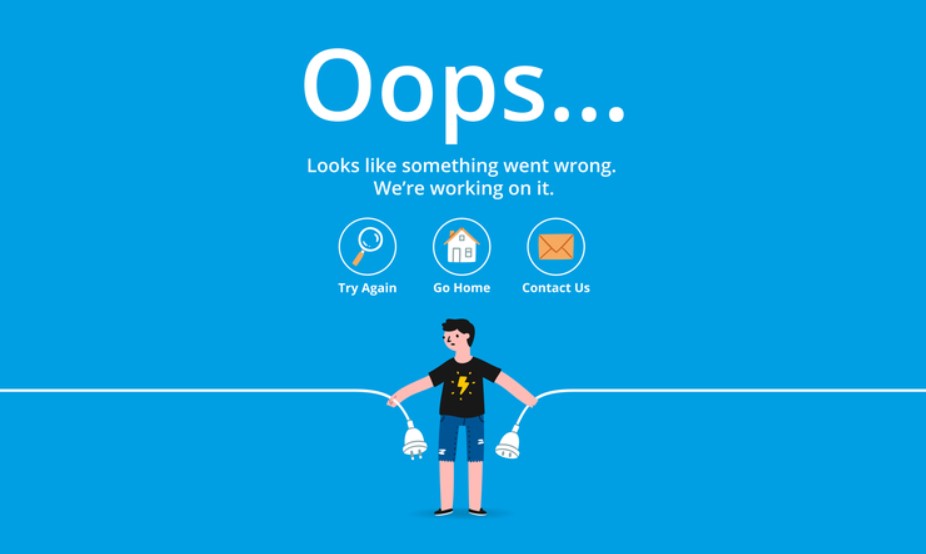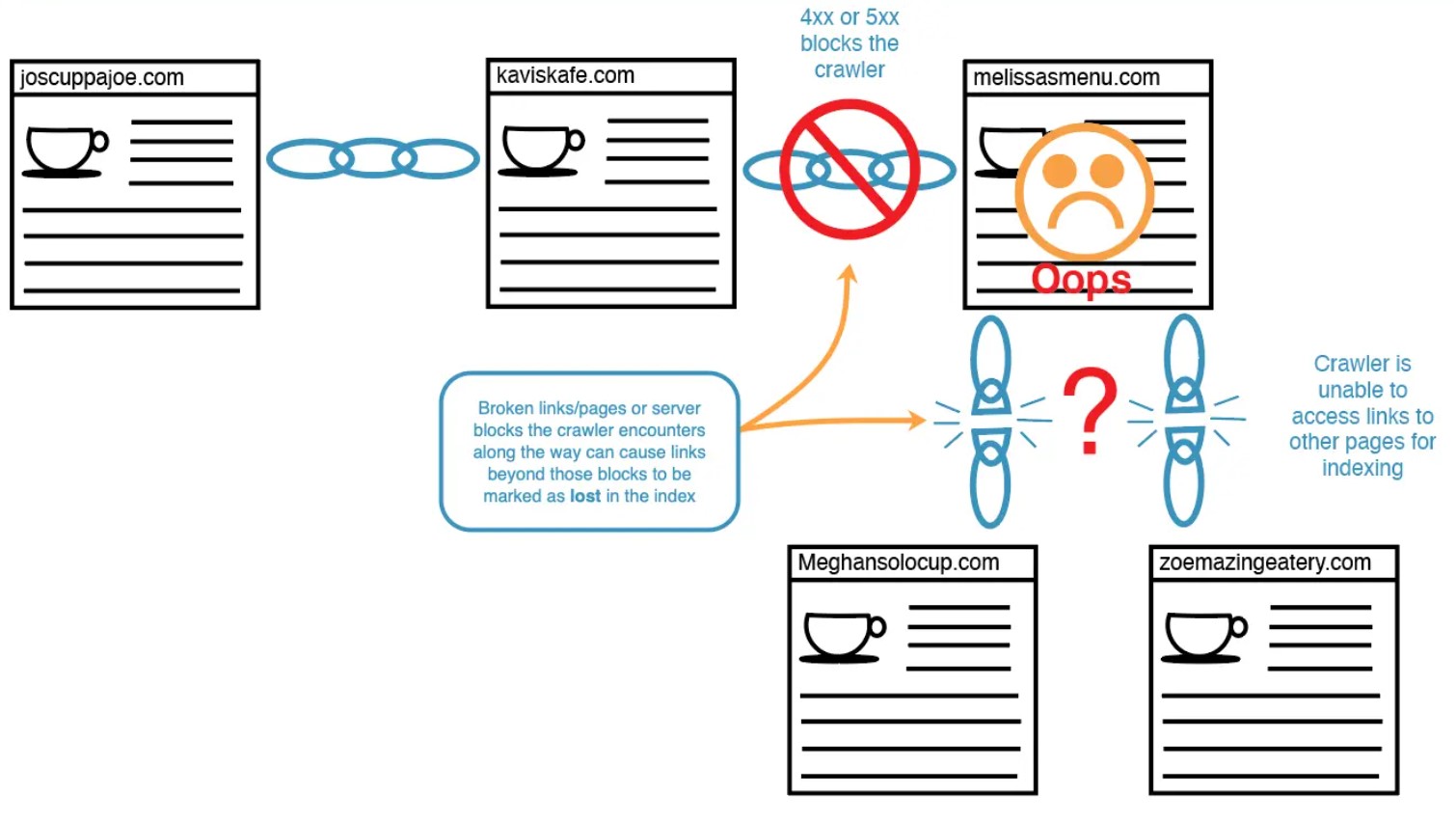There are a variety of reasons why links may be deleted or lost on the internet. One common reason is due to the ever-changing nature of the web. Websites are constantly being updated, redesigned, or taken down altogether, which can result in links leading to outdated or non-existent content. Additionally, links may be lost due to technical issues such as server errors, broken redirects, or issues with the website’s hosting provider.
Another reason for deleted or lost links is due to human error, such as accidentally deleting a page or link during website maintenance or updates. Furthermore, links may be removed or redirected intentionally by website owners or administrators for reasons such as reorganizing content, updating URLs, or removing outdated information. Overall, the dynamic and complex nature of the internet means that links can easily become deleted or lost for a variety of reasons.

Link Status
Link status refers to the current state of connectivity between two devices or networks. It indicates whether a link is active or inactive, and whether data can be successfully transmitted between the connected devices. Understanding link status is crucial for network administrators to ensure that all devices are communicating effectively and that there are no interruptions in the flow of data. Monitoring link status allows administrators to quickly identify any issues or failures in the network, enabling them to take immediate action to resolve the problem and maintain smooth operations.
By regularly checking link status, administrators can ensure that all connections are functioning properly and prevent any potential disruptions in communication. This proactive approach helps to minimize downtime and maximize network efficiency. Additionally, monitoring link status can also provide valuable insights into network performance and help identify any areas for improvement or optimization. Overall, link status is a critical element in maintaining a reliable and efficient network infrastructure.
Redirects
Redirects are a common practice used in various fields to guide users to a different destination than the one they initially intended to visit. In the realm of web development, redirects are often used to ensure that users are directed to the most relevant and up-to-date content available. By implementing redirects, website owners can ensure that users are not met with broken links or outdated information. In the world of marketing, redirects are commonly used to track the effectiveness of different advertising campaigns.
By using unique redirects for each campaign, marketers can easily monitor which campaigns are driving the most traffic to their site. Additionally, redirects can also be used in the realm of search engine optimization (SEO) to consolidate link equity and ensure that users are directed to the most authoritative and relevant pages on a website. Overall, redirects play a crucial role in ensuring that users are guided to the most valuable and relevant content available, regardless of the initial path they took to get there.

HTTP Responses
HTTP responses are a crucial component of the communication process between a client and a server on the internet. When a client sends a request to a server, the server responds with an HTTP response code to indicate the status of the request. These response codes are grouped into different categories, such as informational, success, redirection, client error, and server error.
Each response code provides valuable information to the client about the outcome of their request, whether it was successful, redirected, or encountered an error. The most common response code is the 200 status code, which indicates that the request was successful and the server was able to process it without any issues. On the other hand, response codes such as 404 (Not Found) or 500 (Internal Server Error) indicate that there was a problem with the request, either because the requested resource was not found or there was an issue on the server side. Understanding and interpreting these response codes is essential for both developers and users to troubleshoot issues and ensure a smooth browsing experience.
In addition to the status code, HTTP responses also include headers that provide additional information about the response, such as the content type, content length, and caching directives. By examining the HTTP responses, clients can determine whether their requests were successful and make any necessary adjustments to improve performance and reliability.
Technical Problems
Technical problems can be incredibly frustrating and disruptive, causing delays and challenges in both personal and professional settings. Whether it’s a malfunctioning computer, a glitchy software program, or a faulty piece of equipment, these issues can quickly derail productivity and efficiency. From lost data and missed deadlines to communication breakdowns and financial losses, the impact of technical problems can be far-reaching. In today’s digital age, where technology plays a central role in nearly every aspect of our lives, the consequences of these issues can be particularly significant. As society becomes increasingly reliant on technology to perform essential tasks and functions, the occurrence of technical problems becomes more common and, unfortunately, more damaging. While some technical problems may be minor and easily resolved, others can be complex and time-consuming to fix, requiring the expertise of skilled professionals. In some cases, technical problems may even pose a threat to safety and security, particularly in industries where technology is used to operate critical systems and processes. Ultimately, the prevalence of technical problems underscores the need for continued innovation and vigilance in the field of technology, as well as the importance of developing effective strategies for identifying, addressing, and preventing these issues. By staying informed, proactive, and responsive, individuals and organizations can better navigate the challenges posed by technical problems and minimize their impact on daily operations and overall success.

Timeout
Timeout is a common disciplinary practice used by parents, teachers, and caregivers to help manage behavior and teach children appropriate boundaries. When a child misbehaves or acts out, a timeout can be used as a way to remove them from the situation and give them a chance to calm down and reflect on their actions. This break from the activity or interaction can provide a valuable opportunity for the child to learn self-regulation and emotional control. By setting clear expectations and consequences for behavior, timeouts can help establish a routine and structure that promotes positive behavior.
However, it is important for adults to use timeouts in a consistent and fair manner, making sure to explain why the timeout is being given and how the child can improve their behavior in the future. It is also important to make sure that timeouts are not used as a form of punishment or humiliation, but rather as a tool for teaching and guiding children towards more positive choices. Overall, timeouts can be an effective strategy for managing challenging behavior and promoting a safe and respectful environment for children to learn and grow.
Connection Failure
Connection failure occurs when there is a breakdown in communication between two or more parties. This breakdown can happen for a variety of reasons, such as technical issues, misunderstandings, or lack of trust. When connection failure occurs, it can lead to feelings of frustration, confusion, and isolation. Without a strong connection, individuals may struggle to work together effectively, leading to decreased productivity and collaboration. It is important to address connection failure as soon as possible in order to prevent further breakdowns in communication and relationships.
By actively working to improve connections and strengthen relationships, individuals can overcome connection failure and build stronger, more effective partnerships. This may require open and honest communication, active listening, and a willingness to compromise and find common ground. Ultimately, connection failure can be a temporary setback that, when addressed properly, can lead to stronger and more resilient connections in the future. It is important to recognize the signs of connection failure and take proactive steps to address and resolve any issues that may be hindering effective communication and collaboration. By doing so, individuals can build stronger connections and foster more positive and productive relationships in both personal and professional settings.
DNS Resolution Failure
DNS resolution failure occurs when a domain name system (DNS) server is unable to translate a domain name into an IP address. This can happen for a variety of reasons, such as network connectivity issues, misconfigured DNS settings, or problems with the DNS server itself. When DNS resolution fails, users may be unable to access websites or services by their domain names, as the computer cannot locate the correct IP address to establish a connection.
This can be frustrating for both users and website owners, as it can disrupt normal internet usage and prevent access to important resources. To troubleshoot DNS resolution failure, users can try clearing their DNS cache, checking their network connection, or changing their DNS server settings. In some cases, contacting their internet service provider or network administrator may be necessary to resolve the issue. Overall, DNS resolution failure is a common problem that can be resolved with some basic troubleshooting steps and proper configuration of DNS settings.
